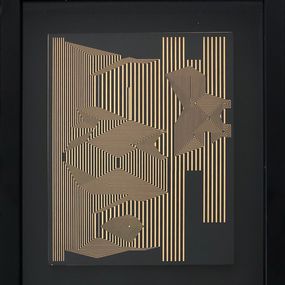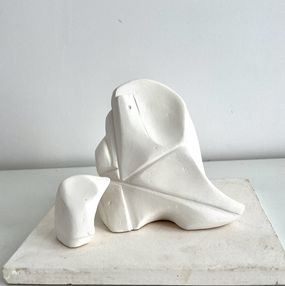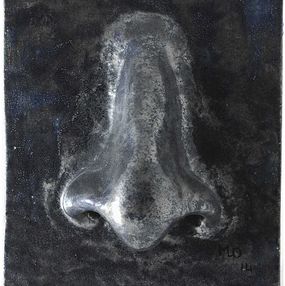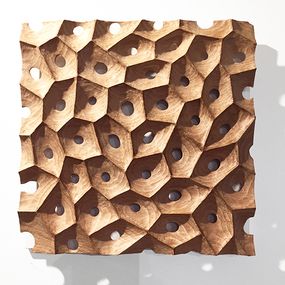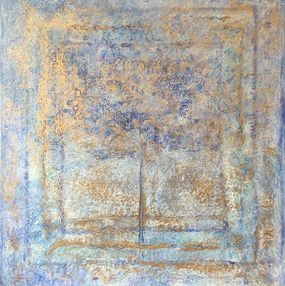
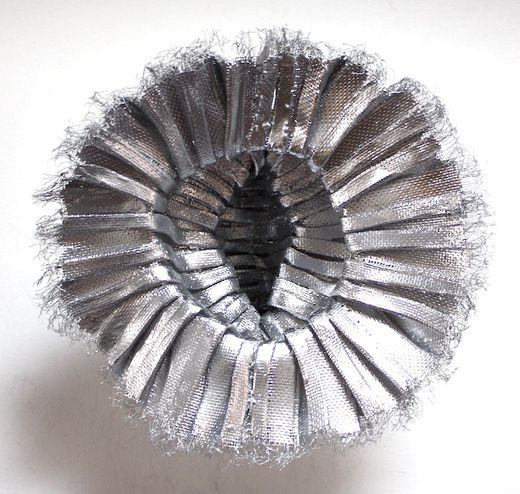
Biography
Atticus Adams is a sculptor whose work embodies the transformative power of art to create beauty, meaning, and emotional impact from industrial materials. Using mostly aluminum mesh—generally found in screen doors/windows and filters—he creates abstract pieces and installations, which sometimes resemble flowers, clouds, and other natural phenomena.
Atticus works spontaneously, feeling his way toward the objects that take shape in mind as he shapes them almost entirely by hand. He occasionally adds color and texture to his work by applying paint or broken auto glass. “Metal mesh is a beautiful, flexible material that allows you to explore shadow and transparency in endless ways," he says. “The material lends itself to these biomorphic shapes, which aren't necessarily intentional. The sculptures seem fragile but are actually quite resilient—like nature itself".
Recycling—as a practice and a concept—is essential to Atticus's work. He often uses old industrial, architectural materials to create his art. Also, he reuses his own work, turning old installations into new artworks. Transformation, of course, is at the heart of all recycling: turning one thing into another; and in his art specifically, making something functional into something aesthetic; turning rough material into gentle forms.
Hope is at the core of his art, and may be emblematic of recycling: “Making something beautiful out of something mundane or even ugly is really what I'm trying to do with my art," he says. “When it's successful, I think it shows how bleakness or blight can be replaced by (or subsumed into) its opposite. To me that's hope, as an active, deliberate process, as well as an emotional embrace of possibility—and I think it's reflected in the work."
Atticus grew up in West Virginia, steeped in traditional folk art. Several members of his family were self-taught artists, deeply involved in such crafts as wood carving and quilting. His formal art training includes stints at Yale, Rhode Island School of Design, and Harvard's School of Architecture. Atticus has fond summer memories of screened in porches back home and screen doors that practically dissolved the barrier between inside and outside, allowing the warmth and nature to permeate each day. This association continues to resonate in his art.
Nationality
Categories
Artistic movements
Themes





